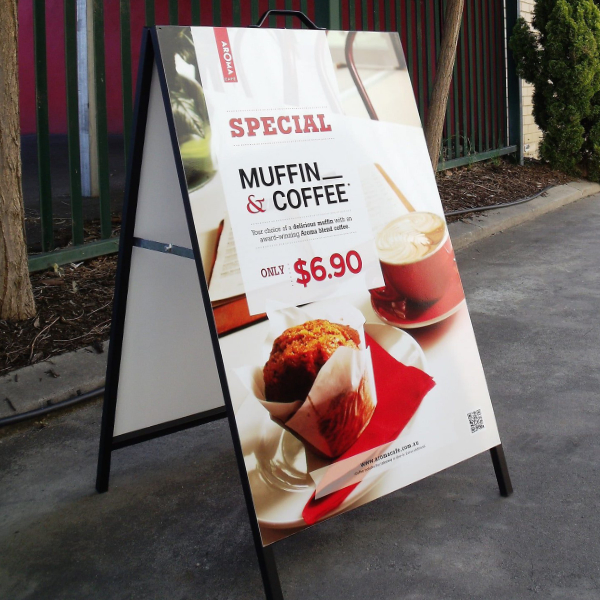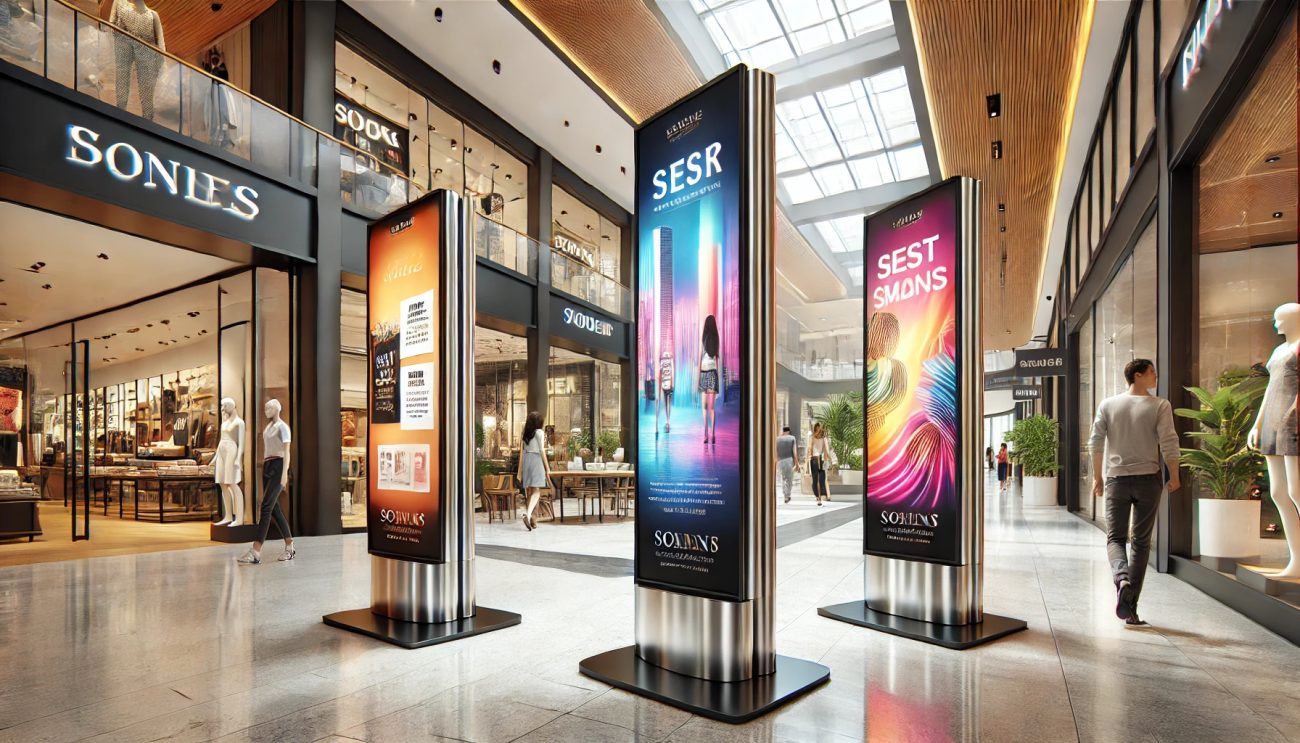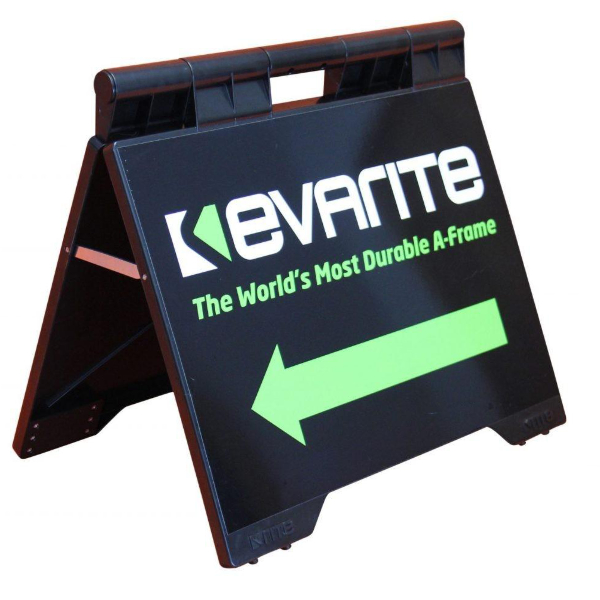Best Signage Materials Australia ?

Professional signage solutions
Introduction
Custom signage plays a crucial role in small business branding, advertising, and customer engagement. Well-designed signs not only enhance a company’s visibility but also reinforce brand identity and help attract potential customers. Whether you own a retail shop, café, or service-based business, investing in high-quality signage can make a significant difference in customer perception and sales.
In this guide, we’ll explore essential design tips for creating custom signage that effectively represents your brand and drives foot traffic to your business.

1. Understand Your Brand Identity
Before designing custom signage, it’s essential to have a clear understanding of your brand’s identity. Your sign should reflect your business’s personality, values, and message. Consider the following elements:
- Brand Colors: Use colors that align with your brand and evoke the right emotions. For example, blue conveys trust and professionalism, while red symbolizes excitement and energy.
- Typography: Choose a font that is legible, professional, and in sync with your brand’s aesthetic.
- Logo Integration: If your business has a logo, ensure it’s incorporated into your sign in a prominent yet balanced manner.
2. Keep It Simple and Readable
Simplicity is key in signage design. Avoid cluttering your sign with excessive text or complex graphics. Instead, focus on delivering a clear and concise message. Here are a few readability tips:
- Use Large, Bold Fonts: The text should be easy to read from a distance.
- High Contrast Colors: Ensure there is enough contrast between the text and background for optimal visibility.
- Minimal Text: Stick to essential information such as business name, services, and contact details.

3. Choose the Right Materials
The choice of materials plays a vital role in the durability and appearance of your signage. Different materials serve different purposes, so select one that suits your needs:
- Vinyl Banners: Affordable and ideal for temporary promotions.
- Acrylic Signs: Sleek and modern, suitable for indoor branding.
- Metal Signs: Durable and weather-resistant for long-term outdoor use.
- LED & Neon Signs: Eye-catching and excellent for nighttime visibility.
4. Select an Appropriate Sign Type
There are various types of signage to choose from, each serving a specific purpose:
- Outdoor Signs: Storefront signs, pylon signs, and awnings to attract customers.
- Indoor Signs: Wall signs, menu boards, and wayfinding signs to enhance customer experience.
- Vehicle Wraps: Mobile advertising that promotes your business on the go.
- Digital Signs: Screens that display dynamic content and promotions.
Choosing the right type depends on your business location, industry, and marketing goals.

5. Prioritize Placement and Visibility
Even the best-designed signage won’t be effective if placed incorrectly. Consider the following when determining placement:
- Height and Angle: Signs should be positioned at eye level for easy readability.
- Lighting: Ensure visibility at all times, especially for outdoor signs.
- Traffic Flow: Place signs where they can be seen by the most foot or vehicle traffic.
6. Add a Call-to-Action (CTA)
A compelling call-to-action encourages potential customers to engage with your business. Examples of strong CTAs include:
- “Visit Us Today!”
- “Call Now for a Free Consultation!”
- “Follow Us on Social Media!”
Adding a CTA makes your signage more interactive and effective in driving conversions.
7. Consider Local Regulations
Before installing custom signage, check local zoning laws and permits required for business signage in your area. Some locations may have restrictions on sign size, lighting, or placement.
8. Invest in Professional Design and Installation
While DIY signage may seem cost-effective, investing in professional design and installation ensures a high-quality, polished look. Professional designers can help:
- Create visually appealing graphics
- Ensure correct proportions and spacing
- Use durable materials suited for your environment
9. Maintain and Update Your Signage
Signage requires regular maintenance to keep it looking fresh and professional. Consider these upkeep tips:
- Clean your signs regularly to remove dirt and debris.
- Replace faded or damaged signs to maintain a professional image.
- Update content to reflect new promotions, rebranding, or seasonal changes.
10. Test and Get Feedback
Before finalizing your signage, test different designs and gather feedback from employees, customers, or signage professionals. A fresh perspective can help you refine your design for maximum effectiveness.
Conclusion
Custom signage is a powerful marketing tool that can enhance brand awareness, attract customers, and boost sales. By following these signage design tips—focusing on brand identity, readability, materials, and placement—you can create effective signs that leave a lasting impression.
For small businesses looking to stand out, well-designed signage is an investment that pays off. Take the time to plan, design, and install signs that truly reflect your brand and message.
Outdoor Business Signage
